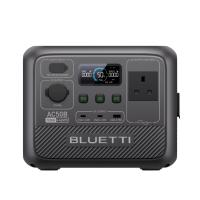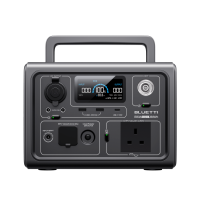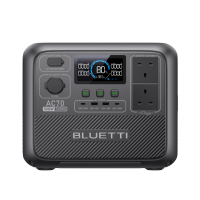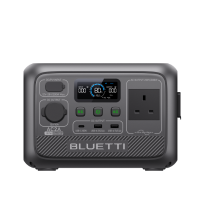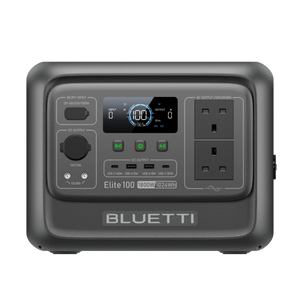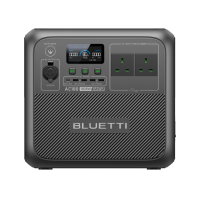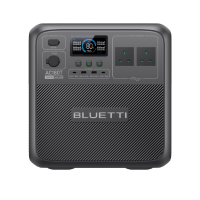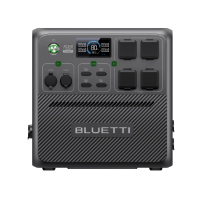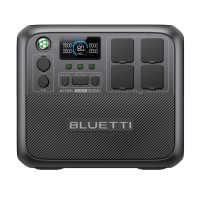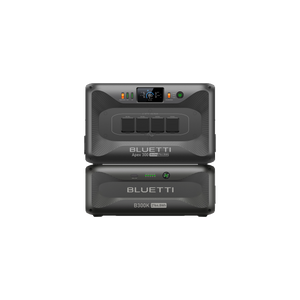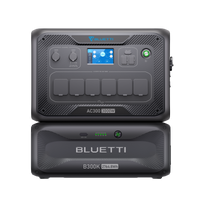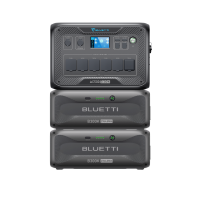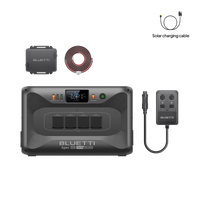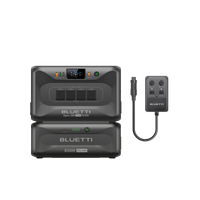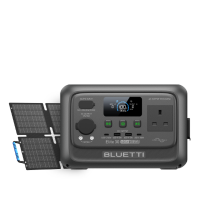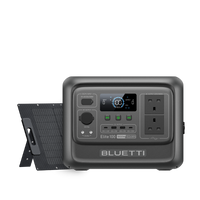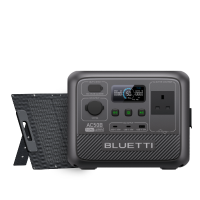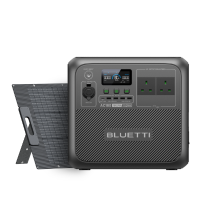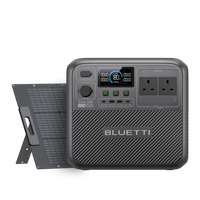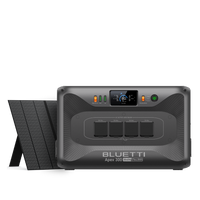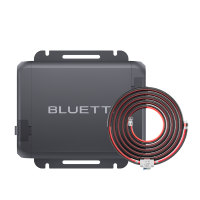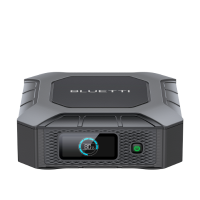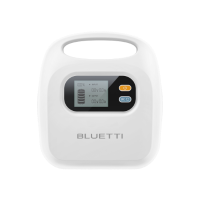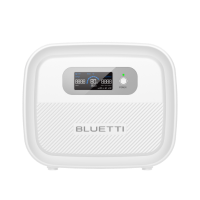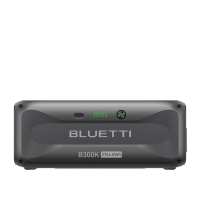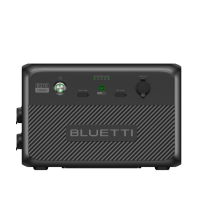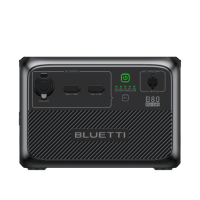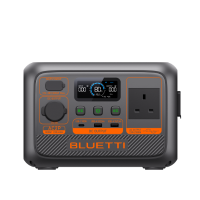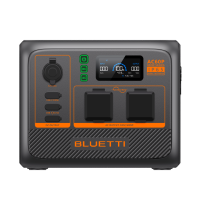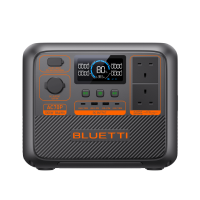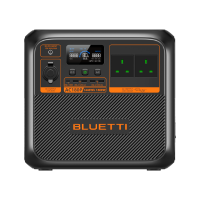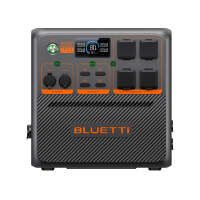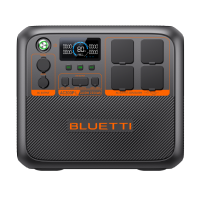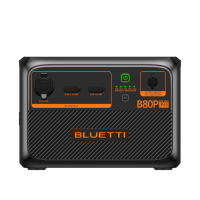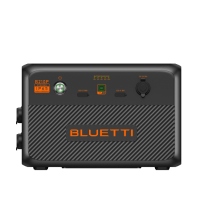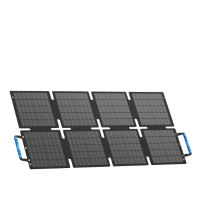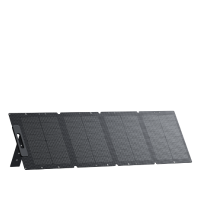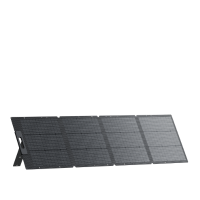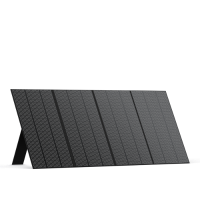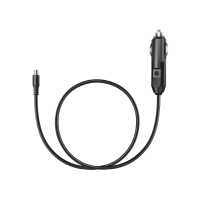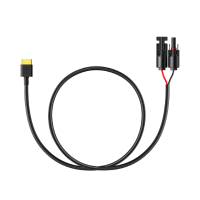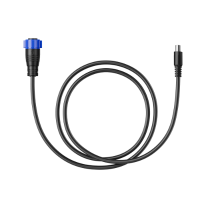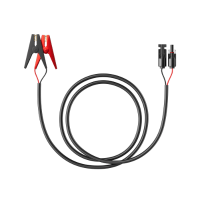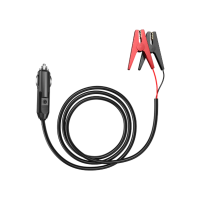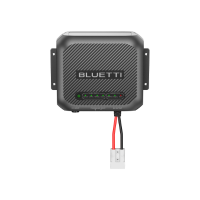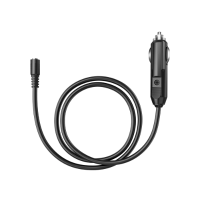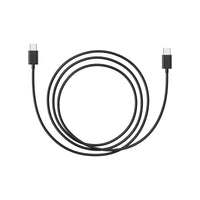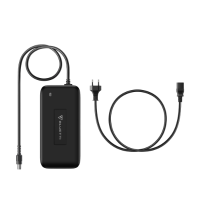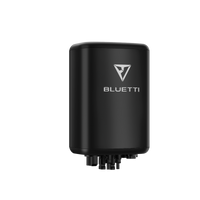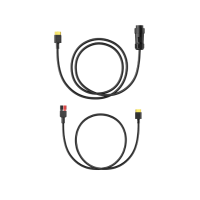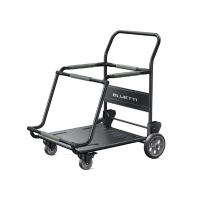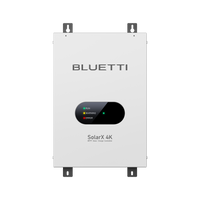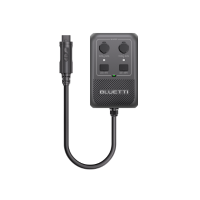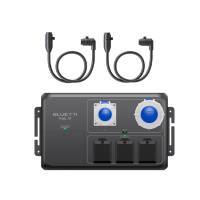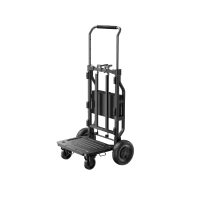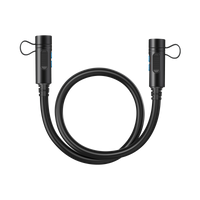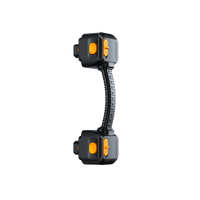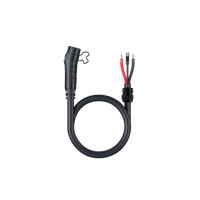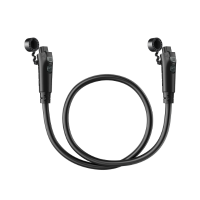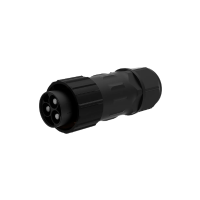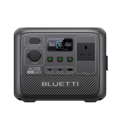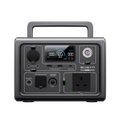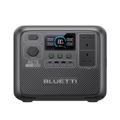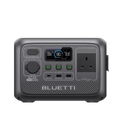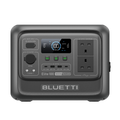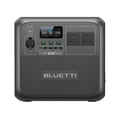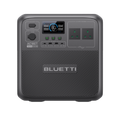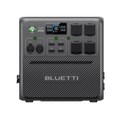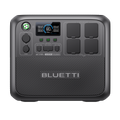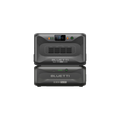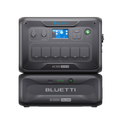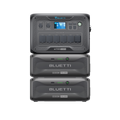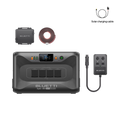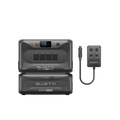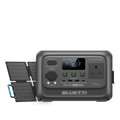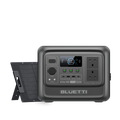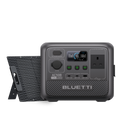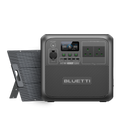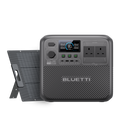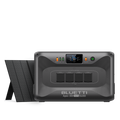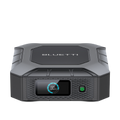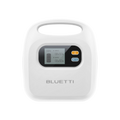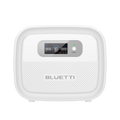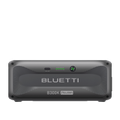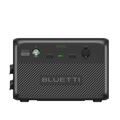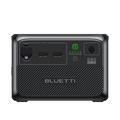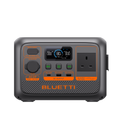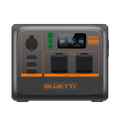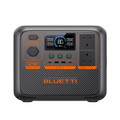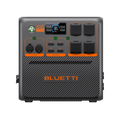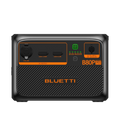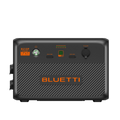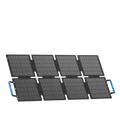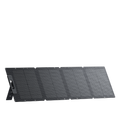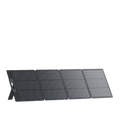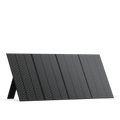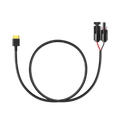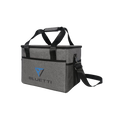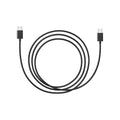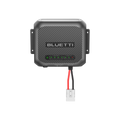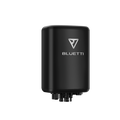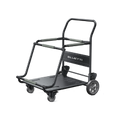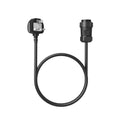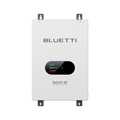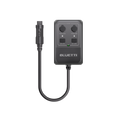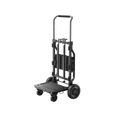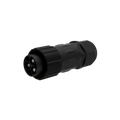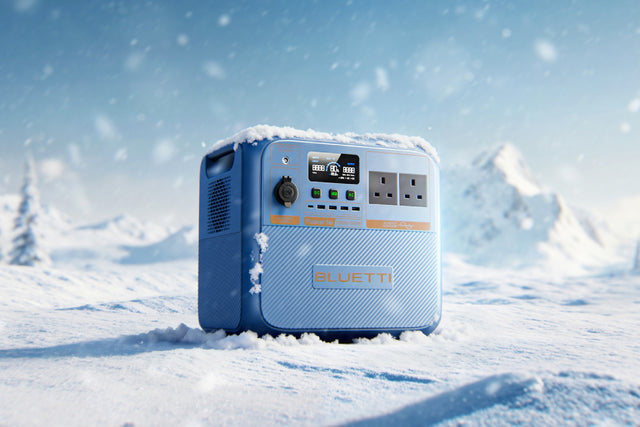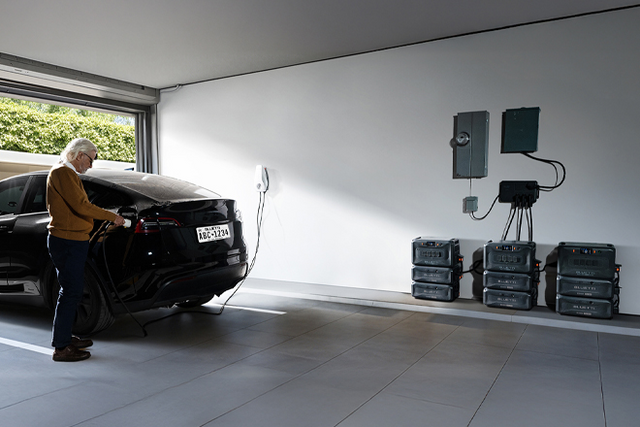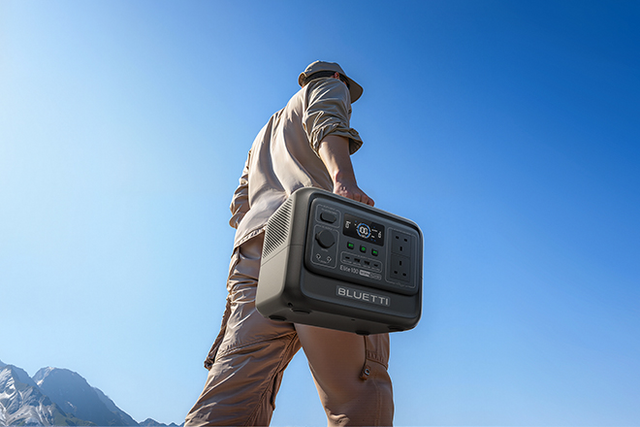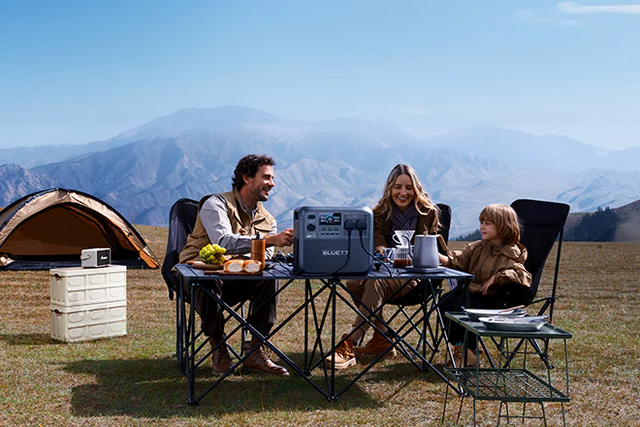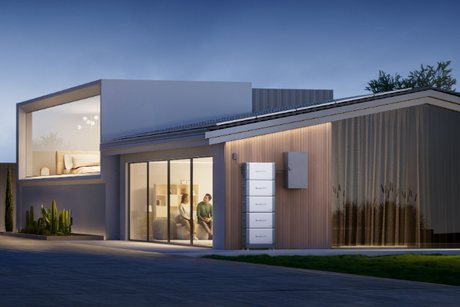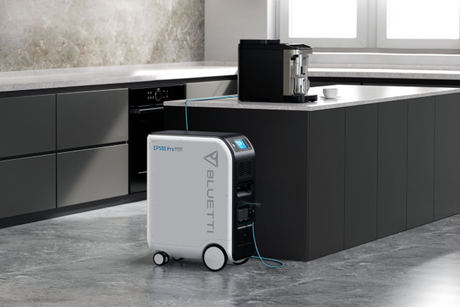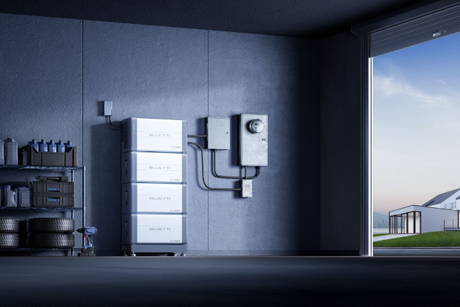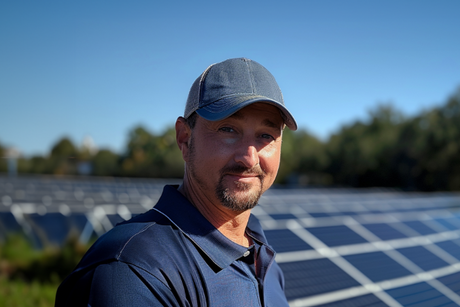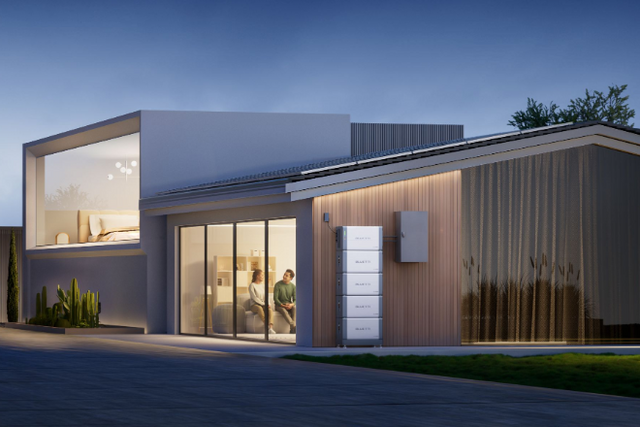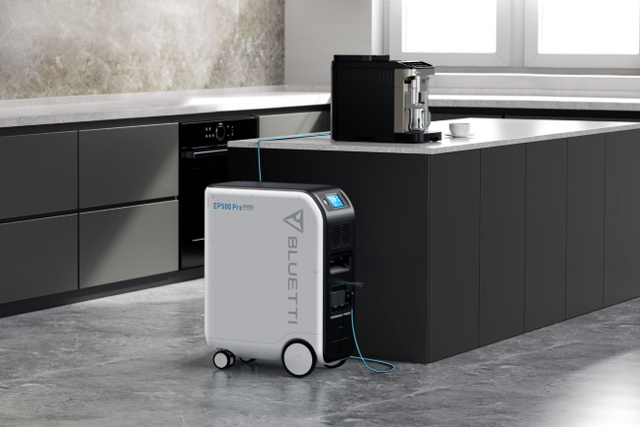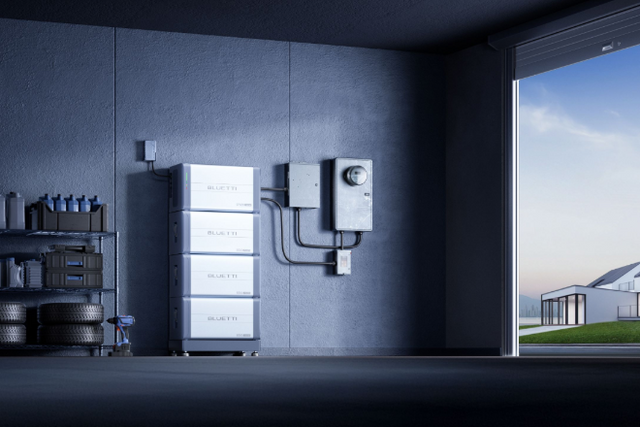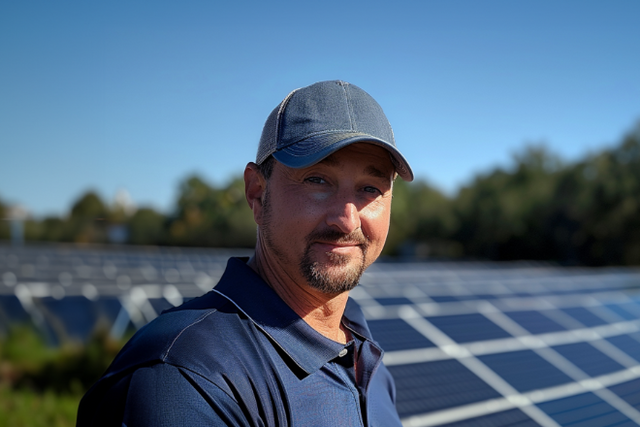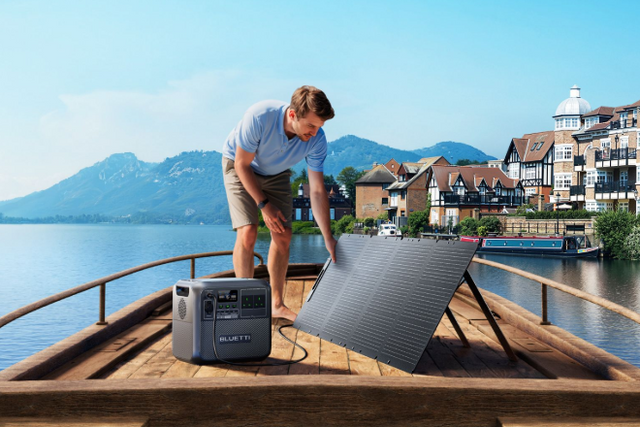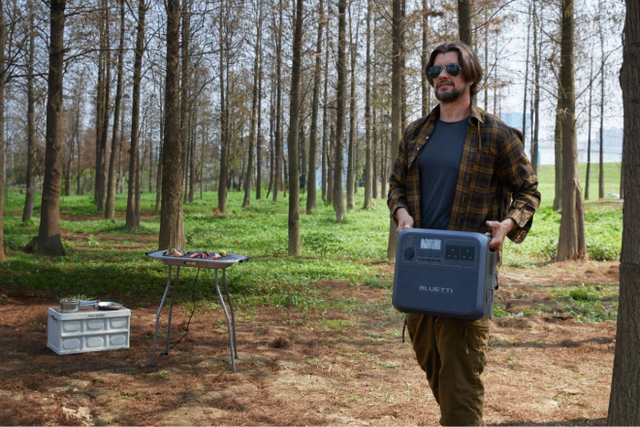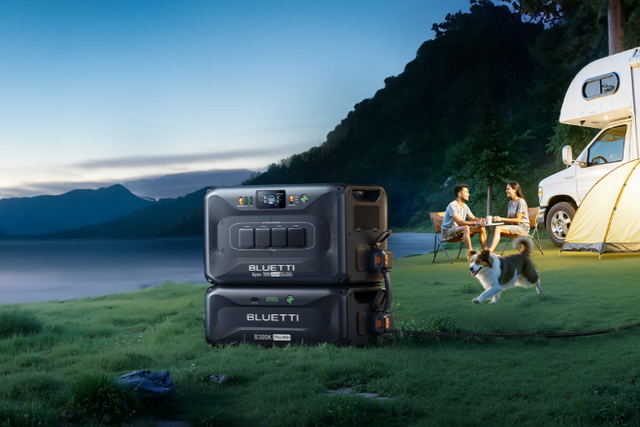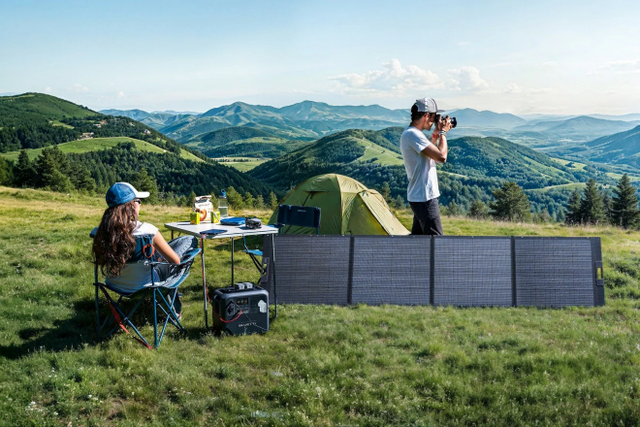What is a Solar Greenhouse?
Solar Greenhouse is a modern technique of harnessing the heat of the sun to be utilised for controlled and better usage in growing plants. There are special materials that can retain that heat such as glass and a special kind of plastic. It makes plant growth easier and more convenient than heating a greenhouse with solar.
There are multiple types of Solar Greenhouse.
Active Solar Systems
In this form of solar system, the greenhouse system collects the solar energy directly from the sun and converts it into electrical energy. It is converted to external devices including fans, heaters, water pumps, etc. This is the only way to use this energy for heating the greenhouse with solar panels. In active solar systems collectors are used that act as a collecting source like PV for sunlight collectors, hydronic collectors for water collection, and air collectors for collecting air.

Passive Solar Systems
The passive solar system is an alternative to an active system. In this solar greenhouse system, no additional devices are required. However, the system completely depends upon the structure and design of the system, in this system thermal mass of any kind including stone, concrete, wall, and water tank work for storing solar energy. It remains heated up for a longer period and cools down slowly. It may be the best fit for you if you have the right window panes. However, in hot climates, it may get overheated.
Can I Heat a Greenhouse with Solar Power?
Yes! You can use solar power to heat the greenhouse system. There are multiple techniques that you can apply according to your area, system size, quality of plates, etc. It is an eco-friendly option that will save most of your costs. Moreover, it is the most suitable solar heating greenhouse option in winter.Benefits of Using Solar Energy to Heat a Greenhouse
There are significant advantages to using solar greenhouse systems. Let's discuss some of the benefits of it.- The installation cost of solar systems gives you a second thought but the long-term benefit can’t be ignored. It will reduce your electricity utilisation to a minimum range.
- You can expect an improved yield with solar panel greenhouses because it gives a stable environment for the growth of plants.
- Solar energy is a clear and environment-friendly way to produce electricity. It helps in reducing carbon footprints.
- There is no need for continuous maintenance. After installation, it rarely needs some changes.
- There is no need to worry about electricity for your greenhouse. You have no boundaries for a dependent framework for fulfilling your energy needs.
- You can easily scale up or down your solar system as per your needs. It is highly scalable, and you can get the exact energy needed.
- It could be used in various devices for charging or lighting up.
How do Solar Panels Work for a Greenhouse?
Solar panels work as an integrated system for Greenhouses. It's the involvement of technology in traditional means of farming. Solar pane greenhouse adds an energy-efficient and sustainable way of growing plants and harvesting crops. Let’s discuss how to heat a greenhouse with solar panels in the UK.The working mechanism of solar panels transforms the sunlight into electrical energy, which makes the greenhouses use that energy for their plantations. There is a specific kind of cell that is made from semiconductor materials, namely silicon; that converts the energy coming from sunlight to DC (Direct current) by an electron flow.
This generation of electricity is optimised by positioning solar panels in a place where they can absorb much sunlight. This way greenhouses achieve a peak performance both in the growth of plants and electricity generation.
How to Use Solar Energy to Heat a Greenhouse?
Solar energy is an amazing source to heat a greenhouse. Although the required components are according to your system needs. Still, there is a proper mechanism that needs to be followed to get the expected output. Let's discuss a proper process to heat a greenhouse with solar panels.· Make a Plan
First, you need to choose a location for solar panels. Determine the dimensions of your panels and ensure you have the required space for installation. Consider whether you can install the panels on your roof.
Moreover, you need to see whether the roof is strong enough to bear the weight of the whole system. To get the maximum output you need to ensure the panels are directly faced toward sunlight.
· Install Support
Support is the base of your solar system. Once the planning phase is complete, install the brackets, locks, and handles to secure the panels. This installation is necessary for attaching the panels to the roof. Here you need to focus more on the angles, the panels must directly face the sun.
Moreover, you may opt for a rail system that allows you to adjust the angle of panels anytime you think it's necessary.
· Connect Them All
It is time to connect all the panels. Ensure the cables are protected and insulated. The cables must be waterproof. Must connect a ground wire with a fastener, it will you from getting electrocuted. Follow this step carefully.· Install the Solar Panels
Once every component is assembled, install the solar panels. You need to select a dry, well-ventilated place in your area. Install them and cover them with protective sheets until the next phase.· Complete Your Installation
The final step is to complete the installation and connect the inverter to the circuit breaker panel. Connect the circuit breaker with the PV system to the PV lines. Once done, test the solar modules for the changes if required.How Many Solar Panels Do You Need for a Greenhouse?
To calculate how many solar panels are required for your Greenhouse setup, you need to see a few components.- Calculate the energy usage of every piece of equipment. For example: if you have a heater check the wattage of it. Simultaneously check the wattage of all the devices.
- In case you have nothing prepared yet, you need to see how much square feet area is for your Greenhouse. A small Greenhouse may require a 400W solar panel to heat it.
How to Store Excess Solar Power?
There are multiple distinct ways to store excess solar energy. It depends upon the requirements of the resources. The common storage options include:Storage Batteries
The storage batteries have been the best way to secure the excess solar energy. These are available in different sizes and volts according to your needs. You can have your battery by looking at the amount of your solar panels. BLUETTI AC200L solar generators are an ultimate solution that can work as an inverter too. Moreover, it stores a sufficient amount of energy that is enough for nighttime.
Compressed Air
It is also a source of storing excess energy. Compressed Air is usually recommended for large setups.Pumped Hydro
Pumped hydro works as a surplus that pumps water uphill. It's a huge amount of potential energy which makes it a suitable option for mechanical energy storage. However, it is costly upfront to involve a new pumped hydro.The BLUETTI AC200L is the easiest and most convenient way to store excess solar energy. With a 2,400W AC pure sine wave inverter and a 4,800W surge capability, it provides reliable and clean energy to run various appliances and devices. The 2,048Wh LiFePO₄ battery has an impressive 3,000+ life cycles, so you'll never feel power anxiety while labouring in the greenhouse again!
Q&A
1. Which Type of Solar Panel Should I Choose?
While choosing a solar panel, you need to see the requirements of your setup. Once the requirements are clear you can opt for the most suitable option among the monocrystalline or polycrystalline. These panels are amazing and give efficient results.2. How much Solar Power does it take to run a Greenhouse?
The exact amount of solar power required to run a Greenhouse depends upon several factors, including:- Size of Greenhouse
- Number of plants or crops
- The direct source of sunlight to your location.


